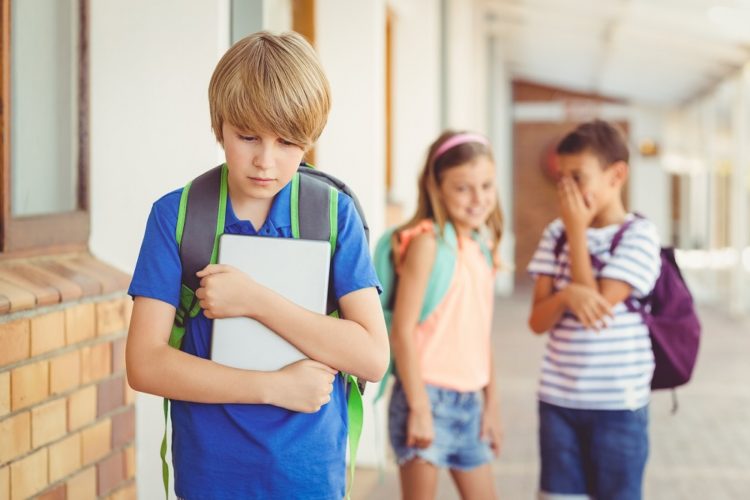Bullying is repeated physical or psychological intimidation which happens over a period of time and demonstrates an ongoing pattern of harassment and abuse. A bully gains enjoyment out of the pain and discomfort of others. Unlike normal teasing or fighting between classmates/friends, bullies act to intentionally harm the victim.

What is Bullying?
Why Should Schools be Concerned?
Schools should be concerned about bullying for many reasons.
- 1. Bullying creates an environment in which it is difficult for students to learn.One out of every seven children reports being involved in bullying experiences at school. As a result, many students are forced to learn under difficult and distracting conditions that may lead to lower grades.In addition to poor academic performance, bullying also leads to absenteeism. Each day in the U.S., 160,000 students skip school to avoid a bullying incident.
- Researchers agree that being the target of bullying can lead to low self-esteem. Low self-esteem can have a negative effect on school performance and social interaction, and it may continue into adulthood.
- Children who bully are at risk of future criminal behavior.A study done by Dan Olweus, Professor of Psychology at the University of Bergen, Norway, found that sixty percent of bullies in grades six through nine have at least one conviction by age 24.
- Parents who were bullies in school may raise children who become bullies.


Be Alert for Signs of Bullying
Signs that a child might be a victim of bullying include:
- Withdrawal from others
- Lower grades
- Torn clothing
- Asking for extra money and/or supplies
- Complaints of frequent headaches or stomachaches
- Lack of enjoyment in group activities
Take Charge
Experts suggest some steps to create a safe and welcoming environment for students.
- Establish and enforce a school-wide bullying program with rules and procedures for responding to the bully and the victim in a way that communicates intolerance for bullying behavior and support and relief for the victim.
- Provide adequate supervision on playgrounds, in hallways, bathrooms and lunchrooms. These less-structured environments are where most bullying incidents take place.
- Invite a community educator from the CVC to present an anti-bullying program. This will heighten awareness and give students, teachers, staff and administrators help in responding to the problem.
- Encourage classroom environments that praise and reward students who treat others with respect, as well as sanctioning students who engage in bullying behavior.
- Listen and believe the concerns of victims of bullying. To them, the behavior is very real and frightening. Take any accusations seriously and look into reported incidents.
Meeting with the parents of bullies and their victims can be a difficult endeavor. Here are a few tips to guide you:
- Meet with parents of the victim and parents of he bully separately
- Have documentation on the bullying incident ready to share with parents
- Have a copy of the schools policy on bullying and harassment for the parents
- Reassure parents of the victim that action will be taken; then follow through
